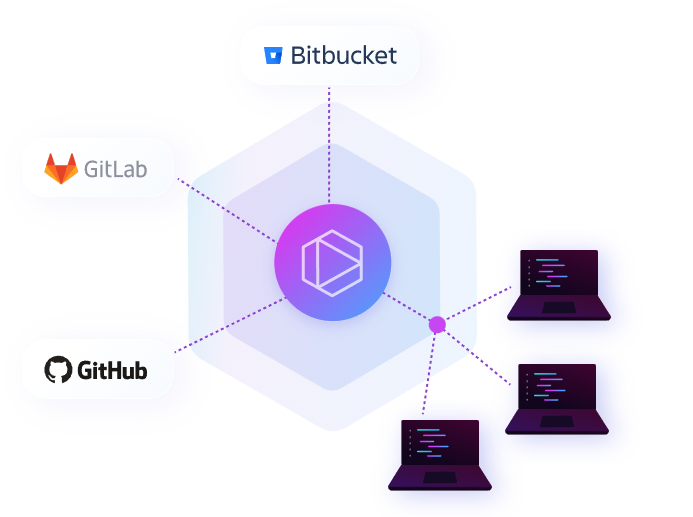
- ( 0 Reviews )
Checkout AI-Flow – Interactive AI Responses Generator
Product Description
The AI-Flow application is a free, open-source software that provides an intuitive interface for integrating multiple AI models into interactive networks. It employs prompt engineering to generate multi-perspective answers to user inputs and supports image creation with DALL-E or Stable Diffusion. Additionally, it ensures data security by storing all information locally on the user’s computer, making it a secure platform for users to utilize. The executables can be accessed from the GitHub repository.
Other Product Information
- Product Category: Productivity
- Product Pricing Model: GitHub
Ideal Users
- Data Scientist
- Machine Learning Engineer
- Software Developer
- Research Scientist
- Product Manager
Ideal Use Cases
For Data Scientist
- Image Classification: As a Data Scientist, one should use AI-Flow to create an interactive network that utilizes DALL-E or Stable Diffusion to classify images into different categories such as animals, objects, or people based on user input. This can be useful in various industries like healthcare, retail, and security where image classification is necessary for identifying potential threats or anomalies.
- Sentiment Analysis: one should use AI-Flow to analyze text data and generate responses based on the sentiment of the text using natural language processing techniques to determine the sentiment of customer feedback or social media posts.
- Predictive Maintenance: one should use AI-Flow to predict equipment failures in manufacturing or transportation industries by analyzing sensor data from machines and generating alerts when maintenance is required.
- Fraud Detection: one should use AI-Flow to detect fraudulent activities in financial transactions using machine learning algorithms.
- Personalized Recommendations: one should use AI-Flow to generate personalized recommendations for customers based on their purchase history or browsing behavior in e-commerce.
For Machine Learning Engineer
- Image Generation: As a Machine Learning Engineer, one should use AI-Flow to generate images based on textual descriptions or prompts using DALL-E or Stable Diffusion for various applications such as product visualization, concept art, and marketing materials.
- Data Analysis: one should utilize AI-Flow to analyze large datasets and extract insights from them using machine learning algorithms to make informed decisions.
- Natural Language Processing: one should use AI-Flow to create natural language models for text classification or sentiment analysis.
- Predictive Maintenance: one should use AI-Flow to predict equipment failures or anomalies in machines and systems using machine learning models.
- Recommendation Systems: one should use AI-Flow to develop recommendation systems for e-commerce, healthcare, or financial services.
For Software Developer
- Image Generation: As a software developer, one should use AI-Flow to generate images project by incorporating data from various sources and creating multi-perspective responses using DALL-E or Stable Diffusion. This tool can be easily integrated into application to provide users with personalized and unique images that enhance their experience.
- Data Analysis: one should use AI-Flow to analyze large datasets and extract insights by connecting multiple AI models for more accurate results.
- Natural Language Processing: one should use AI-Flow to process natural language data and generate responses based on user input, making application more intelligent and interactive.
- Machine Learning Model Training: one should use AI-Flow to train machine learning models using local data storage and securely store them for future use.
- Chatbot Development: one should use AI-Flow to develop a chatbot that can understand multiple prompts and provide customized responses based on user input.
For Research Scientist
- Image Generation: As a research scientist, one should use AI-Flow to generate images that represent research findings or hypotheses using DALL-E or Stable Diffusion. This tool allows to create multi-perspective responses to different prompts and incorporate data from various sources, making it easy to visualize complex concepts and ideas in a more engaging way for presentations or publications.
- Data Analysis: one should use AI-Flow to analyze large datasets and generate insights using the built-in models to identify patterns and trends that may not be immediately apparent through traditionalthods.
- Machine Learning Model Development: one should use AI-Flow to develop and train custom machine learning models on data, allowing to create more accurate predictions and improve research.
- Natural Language Processing: one should use AI-Flow to analyze text data and generate natural language responses to complex prompts, such as summarizing long documents or generating reports.
- Data Visualization: one should use AI-Flow to create interactive visualizations of data to better understand and communicate findings to stakeholders.




